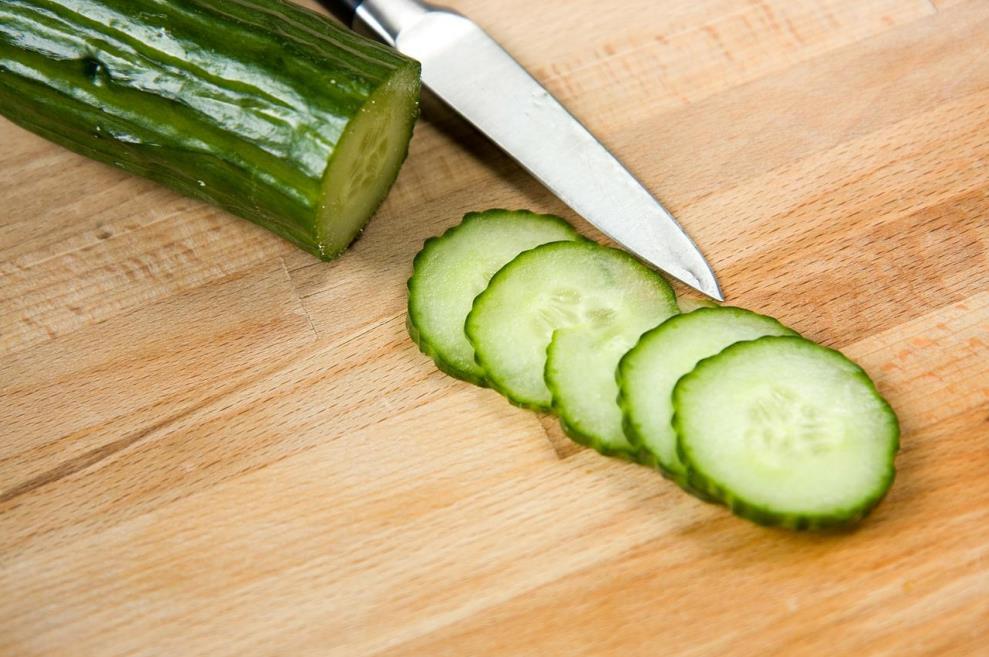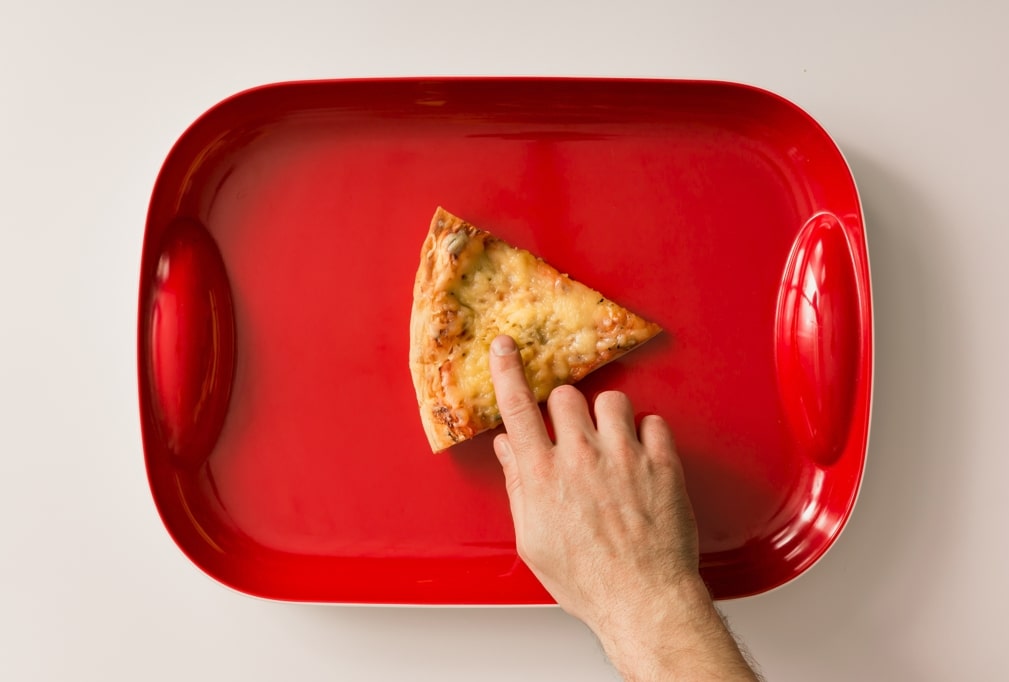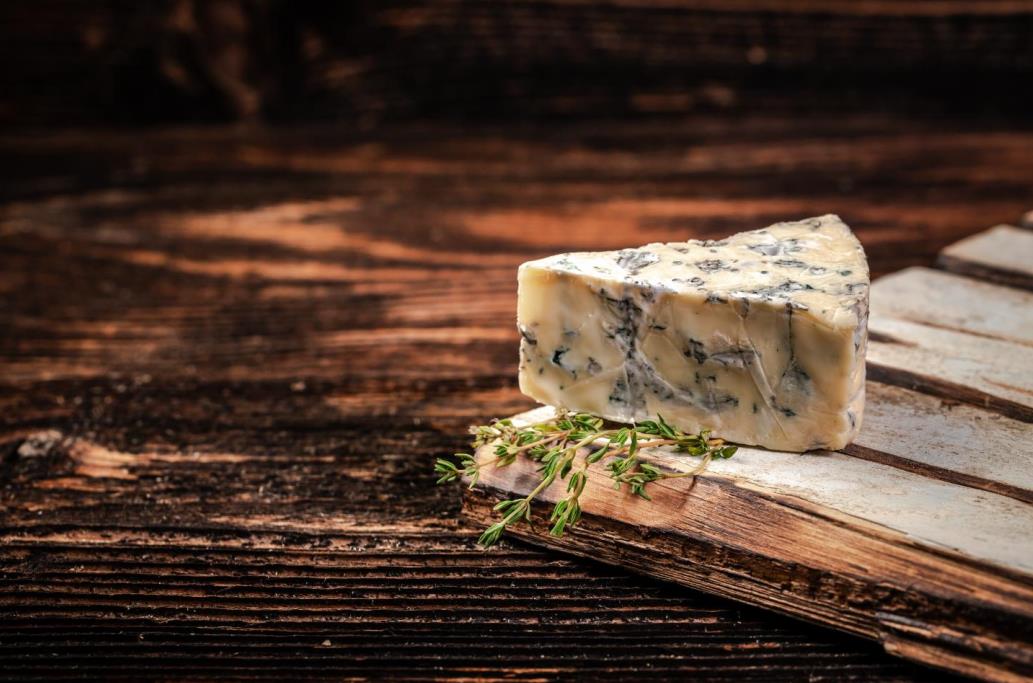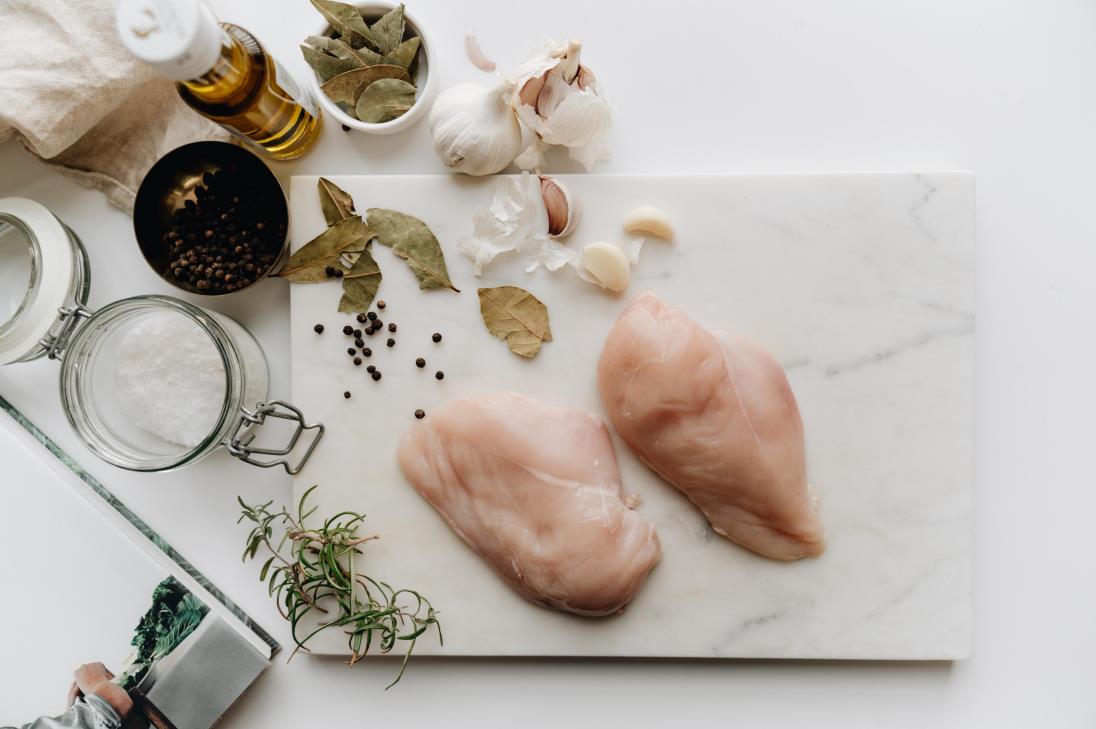Safety is paramount in any kitchen. When you pick up a knife, your first instinct is to be careful of the sharp edge and point. This is understandable since knives can cause serious injuries. Consequently, chefs may overlook another hazard of kitchen knives ― hygiene. Knives touch many foods and surfaces, so failing to clean them regularly can lead to cross contamination and food poisoning.
When must a knife be cleaned and sanitized? The best practice is to wash your knife thoroughly every time you use it. This is crucial if the knife has touched raw meat or fish. A good cleaning method is to rinse the knife in hot soapy water. After preparing foods like fruit or bread, it is not essential to wash your knife.
Sanitization is not the same as cleaning and isn’t always necessary. Sterilizing a knife means placing it in a diluted bleach solution to kill lingering bacteria. You can do this now and then as an extra precaution.
Whether you work in a kitchen or prepare meals for your family, you must remember to keep your knives clean. Knowing exactly when and how to do this is more important than any cooking skill and will keep everyone safe.
Table of contents
Why should you clean a knife regularly?

Food poisoning
The first reason is obvious. Certain types of food contain harmful viruses and bacteria which, if consumed, can make you very sick. E-coli and salmonella are just a couple of examples. The biggest hazards are raw meats such as chicken and steaks, plus raw fish.
Fruit and vegetables carry their own risks since they may have pesticides on their surfaces. Cutting fruit or vegetables without washing them may transfer these unwanted chemicals to the knife blade.
If you forget to clean the knife and place it somewhere, dangerous bacteria and chemicals could spread around your kitchen. Then, it’s only a matter of time before a family member or colleague falls ill. To keep yourself and others safe from nasty illnesses, aim to keep your knives as clean as possible.
Cross contamination
On a single evening, your kitchen knife may cut ingredients for several different meals. As we just said, meats and fish can contain harmful bacteria. When you cook these ingredients, high temperatures will kill the bacteria.
However, failing to clean the blade after it touches meat or fish could spread that bacteria to other ingredients. If you slice bread or chop vegetables with a contaminated knife, there is a huge risk of food poisoning. This is because you do not typically cook these ingredients, so bacteria will still be present when you eat them.
With that said, it is not dangerous to cut meat with a knife that has just sliced bread. Yet, as a chef, you should be very mindful of the ingredients you prepare and in which order. Regular cleaning is the only guaranteed way to avoid cross contamination.
Allergies
Someone in your family might have a food allergy. Or, you may need to prepare a meal for customers with food intolerances. If your knife has touched milk or cheese, there is no danger of food poisoning if the ingredients are fresh. But a lactose intolerant person will suffer greatly if they accidentally consume dairy.
Some allergic reactions can be life-threatening, though such emergencies can easily be prevented by washing your knives. If somebody in your family/restaurant has an allergy, it is sensible to wash your knives before you start cooking for them. Then you can be sure that their meal is free of allergens.
Better flavors
This is not a matter of life and death, but for the best dining experience, you should not mix certain flavors. After chopping fruit, it is perfectly safe to cut cake or sandwiches without washing the knife. However, the fruit flavors may spoil the taste of your cake.
Even when there is no danger of spreading viruses and bacteria, cleaning your knife often will stop unwanted flavors from mixing between dishes. Therefore, regularly washing your knife helps to keep you safe and makes your food taste better too.
Handpicked for you
True cutting power in the palm of your hand
When is it important to clean and sanitize your knives?
In the following situations, it is highly recommended to clean your knife soon after using it.
Cutting raw meat
Raw meat is a very high-risk food to prepare. Uncooked chicken or steak contains lots of poisonous bacteria that could spread around your kitchen if you are not careful. As we already explained, forgetting to clean a kitchen knife regularly can contaminate ingredients with raw meat juices. In this scenario, food poisoning is a real threat.
No matter how you plan to use the knife next, after cutting uncooked meat, the first critical step is a thorough clean. In fact, the knife is only one part of the cleaning. Unless you wear gloves, you should definitely wash your hands after handling raw meat.
Furthermore, your cutting boards will also be covered in bacteria, so they need a thorough wash as well. Not doing this will cross-contaminate other items that touch the board.
Cutting and scaling fish

Raw fish poses similar risks to raw meat and should be treated with the same care. Before cooking, bacteria from the fish is a health hazard if accidentally consumed. When handling the fish, be mindful of touching other surfaces in your kitchen. Also, keep track of the knife you use to cut or scale the fish. If you forget, you might use it to cut other ingredients and infect them with pathogens.
Once again, the best practice is to clean not just the knife, but also your hands and the chopping board soon after preparing fish. This eliminates the contamination risk and allows you to use your equipment immediately for other jobs.
When sharing knives
The knife blade is not the only place where bacteria can hide. If unwashed, the handle will collect plenty of microorganisms too. While preparing food at home, family members can share the same knife with minimal risk. As long as everyone has clean hands, the handle will stay clean.
If you work in a professional kitchen, there is a bigger contamination risk from sharing knives. Chefs may touch other surfaces in the kitchen or restaurant that are less clean. If they pick up a knife and start cutting with it, they could spread germs to foods they prepare as well as their coworkers’ hands. Pretty soon, multiple people will be spreading bacteria everywhere.
This highlights the importance of regular hand-washing in a kitchen. It also shows why you should wash a knife (and especially the handle) after someone else has used it.
After cutting yourself
If you suffer an injury while using a knife, your priority is to seek first aid or medical attention. While receiving treatment, your colleagues or family members must disinfect the knife and any surfaces covered with your blood. Anyone who consumes blood could be in danger of contracting bloodborne diseases such as hepatitis and HIV.
Once the blood has touched a knife or cutting board, you may wish to sterilize the equipment after washing it as an extra safety measure.
After sharpening
Sharpening a knife refines the angle of the blade by removing small metal fragments. Obviously, you do not want small pieces of metal in your meals. If you forget to clean a knife after sharpening it, you may unknowingly transfer metal fragments to your ingredients.
One consequence is that the metal can ruin the taste of your food. A more worrying effect of ingesting metal is heavy metal poisoning, which can make you very ill. Hence, raw chicken is not the only thing you need to look out for. Always be sure to wipe and rinse the knife blade after the sharpening process.
When is cleaning less important?

After cutting certain ingredients, you do not have to wash your knife to be safe. Unless somebody has an allergy, some foods pose no contamination risk. For example:
- Bread/pastries
- Fruit and vegetables (if washed)
- Herbs
As we mentioned earlier, not washing your knife may not be dangerous, but it might create an unwanted mixture of flavors.
How to clean and sanitize a knife
Clean
- Before you start, remove any food debris from the knife blade ― this could be pieces of fat, cheese, or breadcrumbs. Do so by wiping the blade with a paper towel.
- Now that the blade is clear, prepare some hot water. This can come directly from your tap or kettle. Boiling water is the most effective way to kill bacteria.
- Rinse the knife. Either pour hot water on it or submerge it in a tray with boiling water. If you submerge it, don’t leave it for too long
- Using a clean sponge and dish soap, scrub the blade and handle. Be careful not to touch the blade or point with your fingers.
- Wash the soap off with more warm water.
- Dry the clean knife with a tissue or paper towel.
Sanitize
- Before sanitizing, you should first clean the knife as described above.
- Fill a bowl with around 1 liter of water and mix in roughly a teaspoon of bleach.
- Place the knife into the bowl and leave it for around 1 minute.
- Take the knife out and dry it with a paper towel.
How is sanitization different from simple cleaning?
As you’ve just seen, standard cleaning requires no special equipment. The same is true of sanitization; all you need are three things.
The fundamental goal of both processes is the same. You want to kill all harmful bacteria so that your knife is safe to use again. The differences are not so clear-cut, since some consider washing (with boiling water) a form of sterilization.
One key distinction is the frequency. Basic cleaning is a necessary process for all kitchen utensils and should happen (ideally) after every use. Sanitization is an extra step that you can take to neutralize bacteria that remain on the knife. As we explained, this may be useful if the knife is infected with blood, but is usually not necessary.
How to store your knives

It’s not enough to simply clean your knives ― you must keep them clean too. They spend a long time in storage, so will only stay clean if their storage environment is germ-free. There are many great knife storage options, with some more hygienic than others. Convenience aside, you must consider which methods are most sanitary.
More sanitary options
- Magnetic knife rack: A knife rack is a very cool and modern way to store knives in a kitchen. It looks great, saves space, and is very convenient. What’s more, the magnetic strip is easy to clean, so you can maintain sanitary conditions for your knives.
- Knife sheath: Knife sheaths protect the blades of individual knives. This means you can place them in a drawer or cupboard without damaging the edges. When not in use, knife sheaths will not collect much dirt ― if they do, it is simple to clean them.
- Knife roll: This is a great choice for chefs who want to travel with their knives. The roll can be washed occasionally for optimum hygiene.
Less sanitary options
- Knife block: These allow you to conveniently grab a knife from one location on your kitchen counter. Unfortunately, the slots are very difficult to clean. Dirt can collect inside the block over time and contaminate your knife blades.
- Knife drawer tray: Similar to the knife block, a knife tray is a compact and safe way to store your knives. While not as difficult to clean, the narrow slots can also gather dust and dirt. Therefore, it may not be the most hygienic place to put your knives.
If you want more in-depth analysis and an overview of the various knife storage methods, we have already written a piece on the subject.
Don’t be afraid of kitchen knives
This article has focussed on some kitchen knife hazards. Yet, so long as you are careful, you have nothing to worry about. Most of the time, kitchen knives are incredible tools that will make your life a lot easier.
Some kitchen knives are beautiful pieces of craftsmanship that will effortlessly slice through ingredients. Anyone interested in owning a knife like that needs to see our selection of handmade knives.












